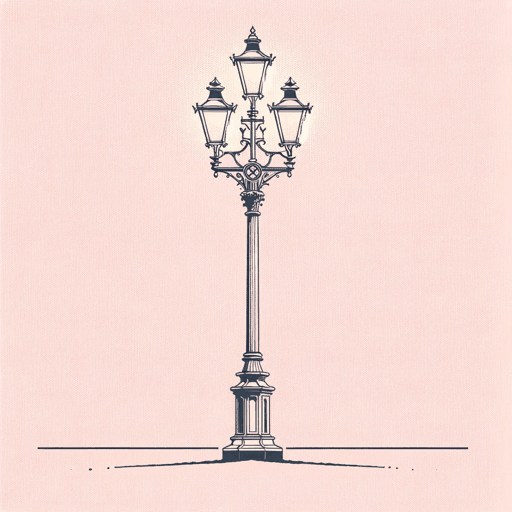25 pages • 50 minutes read
Matthew ArnoldStanzas from the Grande Chartreuse
Fiction | Poem | Adult | Published in 1855A modern alternative to SparkNotes and CliffsNotes, SuperSummary offers high-quality Study Guides with detailed chapter summaries and analysis of major themes, characters, and more.
Background
Biographical Context
“Stanzas from the Grande Chartreuse” shares its theme of existentialist angst with several of Matthew Arnold’s other works, including “Dover Beach” (1867) to “Obermann once More” (1867). Arnold’s preoccupation with his own joylessness and loss of faith came up often in his correspondence and in his critical works. Responding to a colleague’s favorable review of his poem “The Scholar Gipsy,” Arnold wrote his poems lacked “something to animate and ennoble” them (Arnold, Matthew. Letter to Arthur Hugh Clough. 30 Nov. 1853. The Letters of Matthew Arnold, Letter V1P281D1). Arnold often stated that his poetry was bereft of the genuine joy of the works of William Wordsworth, his literary hero.
His habit of comparing himself with earlier Romantic poets, like Byron and Shelly, is also seen in “Stanzas from the Grande Chartreuse.” For Arnold, the Romantic poets possessed a conviction and passion he could not find in himself. In “Stanzas,” the speaker’s separation from the devotion of the monks reenacts the poet’s personal sense of listlessness. Arnold’s pessimism had more to do with his constant self-scrutiny than his talents as a poet; a sensitive and scholarly man, he admitted to his own tendency towards “melancholy” (ibid.). These feelings of self-doubt are especially strong in “Stanzas from the Grande Chartreuse,” a poem composed early in Arnold’s writing career, at a time when he felt most unsure of his place in the world.
Related Titles
By Matthew Arnold




